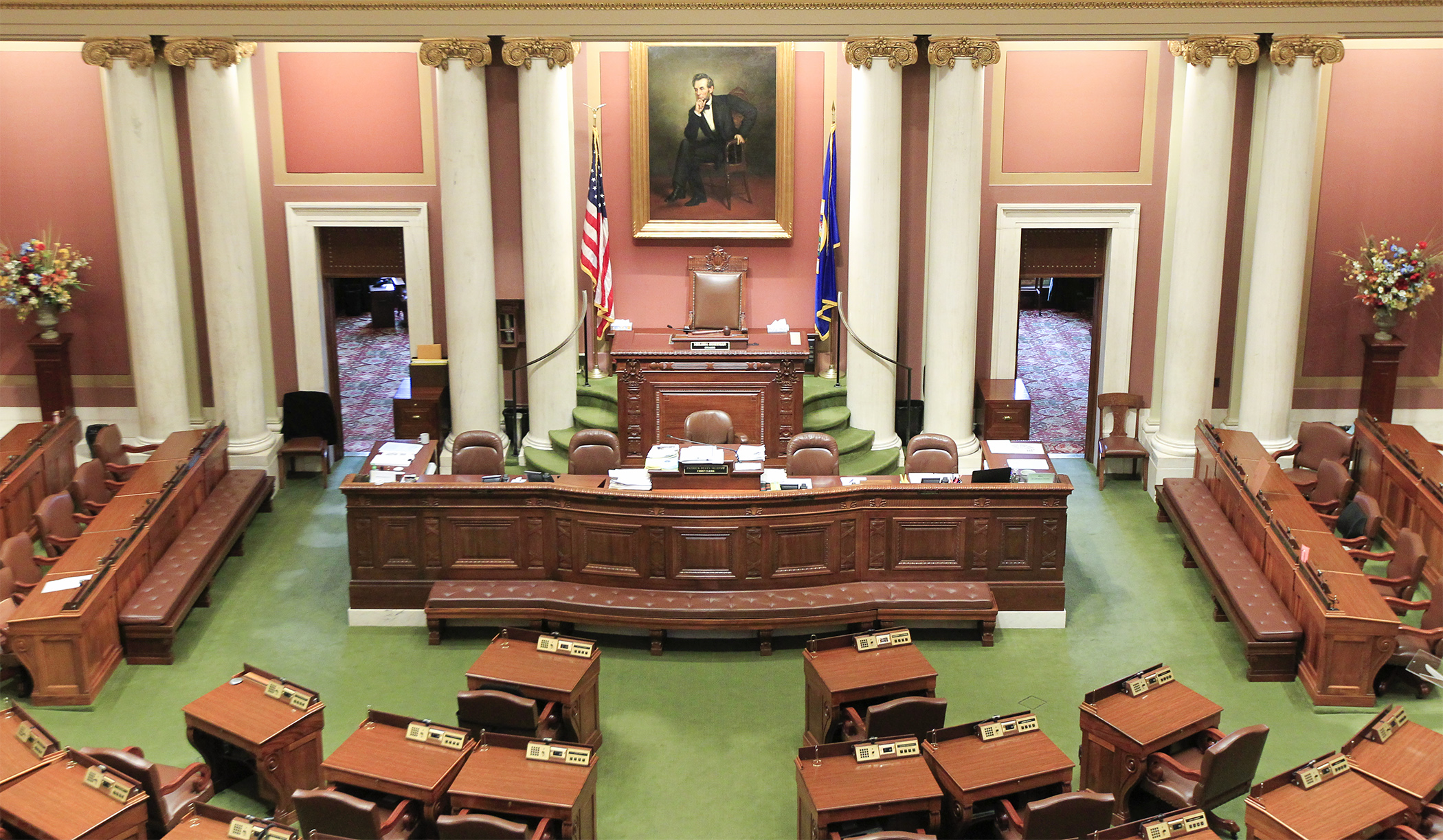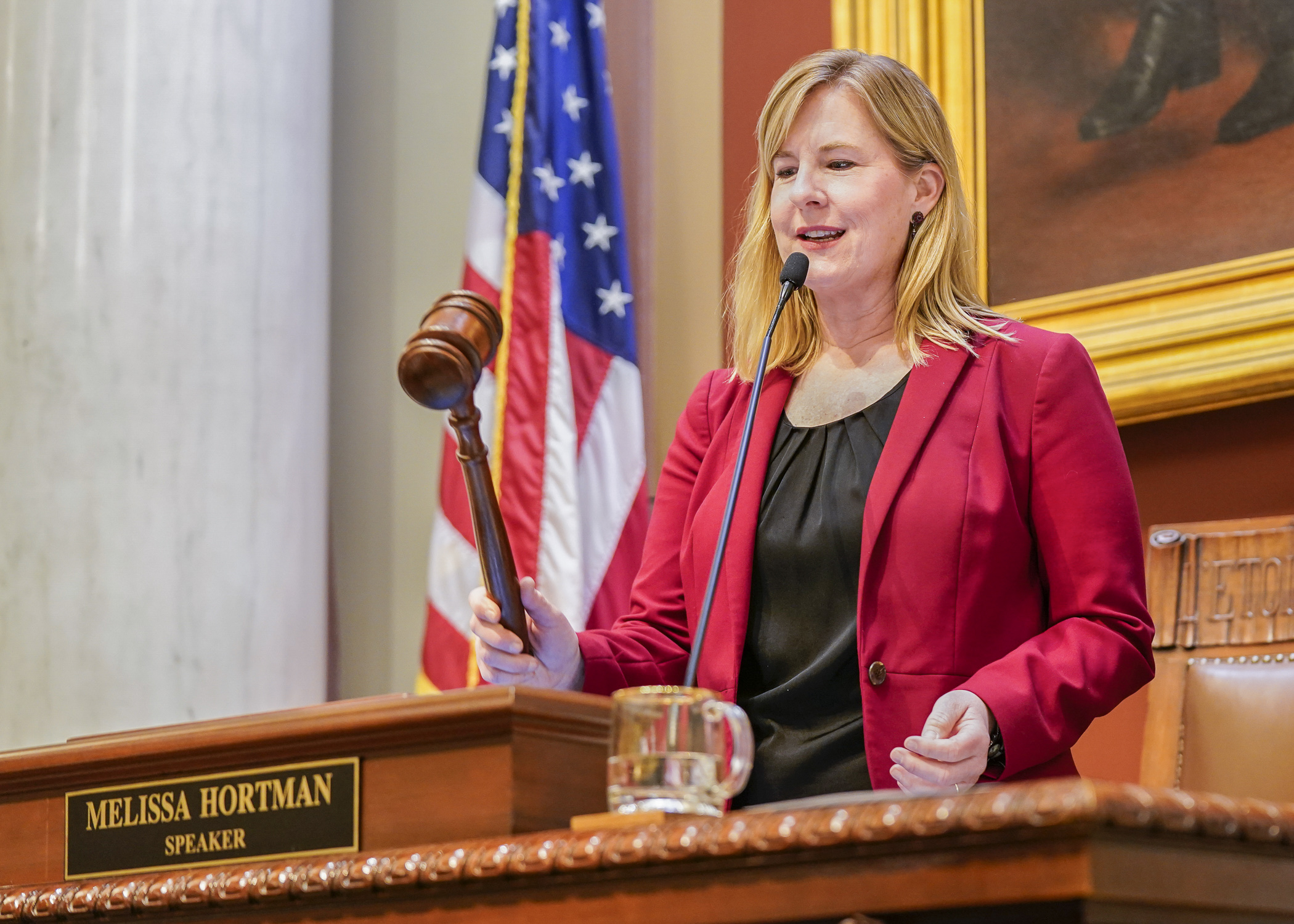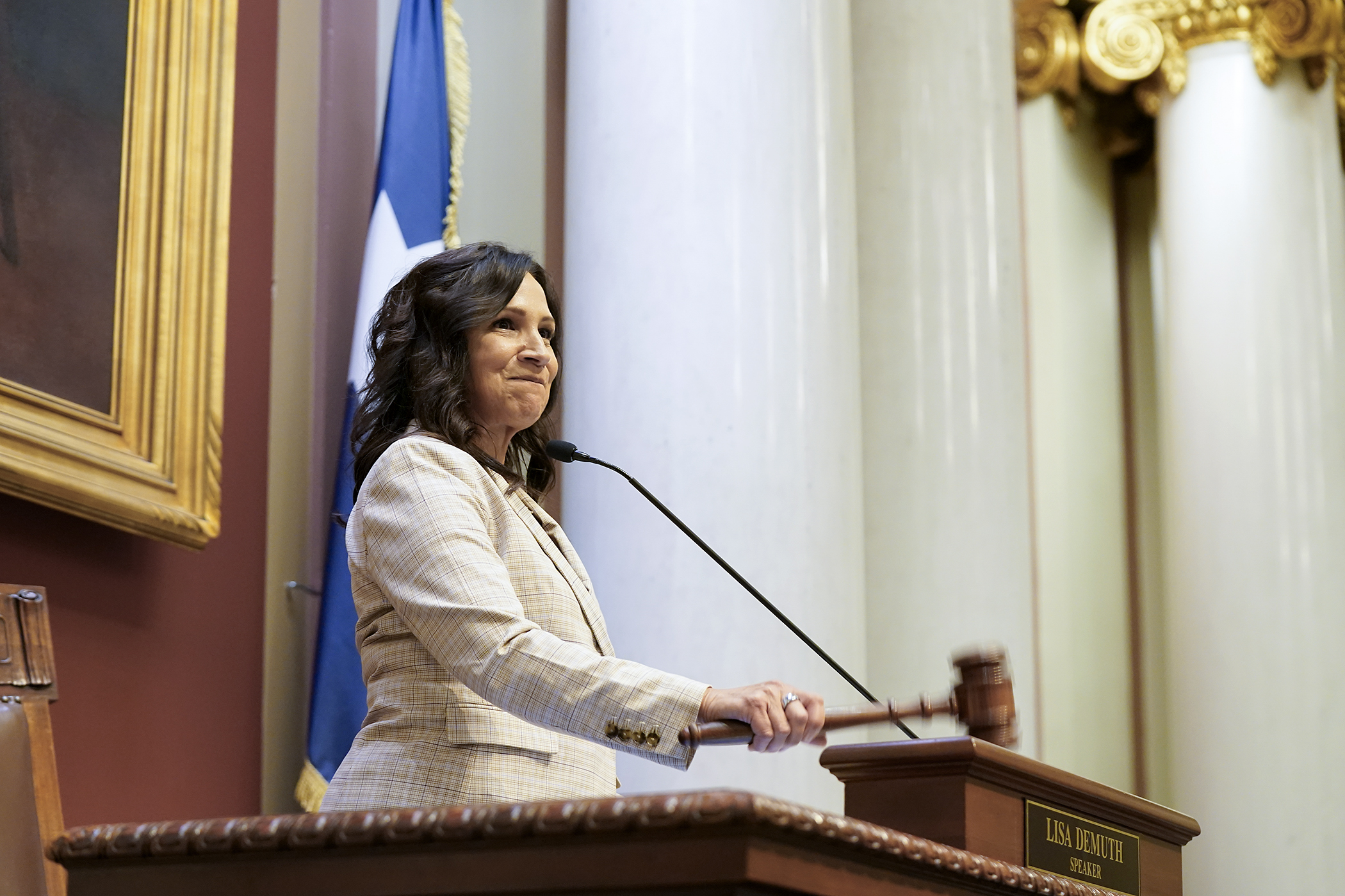House, Senate lawmakers give passing grade to bill that'd fund K-12 education

— UPDATED at 11:04 p.m. after Senate vote
Passing grades have been given to a bill that would fund the largest part of the state budget.
The all-encompassing $25.73 billion omnibus K-12 education bill would increase funding to Minnesota schools $4.2 million in the 2026-27 biennium, but SSHF5 also calls for a $420 million general education funding cut the following biennium, when the state is forecast to have a multi-billion dollar budgetary shortfall.
Passed 97-36 by the House and 35-32 by the Senate, the bill awaits the signature of a former Mankato teacher who is now the state's top elected official.
The proposal calls for 2026-27 biennial budget cuts to include reductions in teacher pipeline programs, a trim to the reimbursement for special education transportation, a small reduction in charter school billback aid and a nearly $20 million cut in charter school aid.
“All of these reductions were incredibly difficult to make,” said Rep. Cheryl Youakim (DFL-Hopkins), the bill sponsor. “We did our best to keep a majority of the reductions out of the classroom. I have hope that we can cushion the cuts if we have a supplemental budget or raise new revenue to work with next year.”
On the other hand, the bill would provide a one-time $55.6 million compensatory revenue increase, $4 million for a special education apprenticeship program to recruit and retain teachers with past experience, $1 million for schools to strengthen cardiac emergency response plans, $487,000 more in consolidation aid, and allow school districts to include roof repair and replacement costs totaling $100,000 or more as part of their long-term facilities maintenance revenue authority. It would also provide inflationary increases to the basic education formula in the next biennium and beyond.
“I believe that this bill is the best result we could accomplish to provide funding for our schools given the budget targets. It invests in our students and school districts for the next two years,” Youakim said. “We worked hard to maintain indexing the general education formula to inflation and prevailed. We were also able to provide some additional compensatory aid.”
"Though we didn’t have the budget target we were hoping for, Minnesota’s schools will still see inflationary increases to their budgets in the coming years and beyond. Additionally, we were able to protect the READ Act’s literacy support, our universal school meals program, and English learner aid," Sen. Mary Kunesh (DFL-New Brighton) and Sen. Steve Cwodzinski (DFL-Eden Prairie) said in a statement. They chair the Senate education commttees.
[MORE: View the spreadsheet, tax levies]
Much of the fiscal years 2028-29 funding cuts would come from the recommendations of a Blue Ribbon Commission that would be charged with finding $250 million in special education cuts by the 2026 legislative session. If the commission cannot reach those savings, the Department of Education would be required to make the cuts.
Rep. Ron Kresha (R-Little Falls) said the package is “a functional budget for our schools,” but again warned that with declining enrollment and rising costs of special education that creative funding ideas are going to be needed to fund education and to avoid future budget cuts.
“Pay attention because two years from now, things get immensely more difficult if economic conditions persist,” Kresha said. “This bill will hold [schools] for two years – keep them above water – while they have to look at what’s going to happen down the road.”
[MORE: Lawmakers reach agreement on education funding, warn of future cuts]
Transportation cuts
Transportation funding for students with disabilities would be cut by 10% by fiscal year 2027. School districts would be reimbursed 95% for transporting students with disabilities in fiscal year 2026 and 90% beginning in fiscal year 2027. This would result in a reduction of $43.2 million in the 2026-27 biennium and $48.2 million in the 2028-29 biennium.
School library aid cut
The bill would slash school library aid at a savings of $19.62 million in fiscal years 2026-27 and more than $22 million in fiscal years 2028-29. Dollars are used to fund media specialist salaries; electronic, computer and audio-visual equipment; IT infrastructure and digital tools; electronic and material resources; and furniture, equipment and supplies.
While the state school librarian position won’t be eliminated, the $260,000 state funding for the position would be, leaving the Department of Education to find funds for the position.
The bill would also:
- expand the allowable delivery systems for epinephrine in schools from only autoinjectors to other delivery systems, such as inhalers;
- make the short-call emergency substitute teacher pilot program permanent;
- allow a school district to begin the school year on or after Sept. 1 for the 2026-27 and 2027-28 school years only when Labor Day is late;
- allow a high school student to possess and administer an opiate antagonist to another high school student;
- allow a substitute teacher to work for 10 consecutive school days in the same assignment and modify requirements to substitute teacher rate of pay;
- create a compensatory revenue task force and fund it with $110,000 in fiscal year 2026; and
- exempt a school from the ban on Native American mascots if it receives letters of consent from the tribal nation nearest to the district and the school’s American Indian Parent Advisory Committee.
Related Articles
Search Session Daily
Advanced Search OptionsPriority Dailies
Speaker Emerita Melissa Hortman, husband killed in attack
By HPIS Staff House Speaker Emerita Melissa Hortman (DFL-Brooklyn Park) and her husband, Mark, were fatally shot in their home early Saturday morning.
Gov. Tim Walz announced the news dur...
House Speaker Emerita Melissa Hortman (DFL-Brooklyn Park) and her husband, Mark, were fatally shot in their home early Saturday morning.
Gov. Tim Walz announced the news dur...
Lawmakers deliver budget bills to governor's desk in one-day special session
By Mike Cook About that talk of needing all 21 hours left in a legislative day to complete a special session?
House members were more than up to the challenge Monday. Beginning at 10 a.m...
About that talk of needing all 21 hours left in a legislative day to complete a special session?
House members were more than up to the challenge Monday. Beginning at 10 a.m...